|
The signing ceremony of the United Nations Convention against Cybercrime ( Hanoi Convention). (Photo: Thanh Long) |
Scope
As a United Nations document, the Convention will have the broadest and most comprehensive impact compared to all other documents related to cyberspace. Similar to previous criminal conventions such as the UN Convention on Transnational Crime (UNTOC) and the UN Convention against Corruption (UNCAC), the Hanoi Convention will also soon have global coverage to allow for cooperation in combating cybercrime at the most comprehensive level. This accurately reflects the reality of cybercrime in recent times, which has evolved into a global phenomenon, highly organized and borderless, readily exploiting the infrastructure of the weakest nations to attack victims.
Content
The Hanoi Convention inherits established norms from other regional instruments against cybercrime, such as the Budapest Convention (adopted by the Council of Europe in 2001) and the Malabo Convention (adopted by the African Union in 2014). Simultaneously, with new negotiations and updates to digital technologies , the Hanoi Convention has promptly added forms of cybercrime that have had a very negative impact in recent times, such as online fraud, child abuse in cyberspace, and the dissemination of private images. Thus, it can be said that the Hanoi Convention most closely reflects current cybercrime practices and will have high and effective enforcement capabilities against many common cybercrimes.
Operations
The Convention specifically regulates the exchange of electronic evidence between countries regarding serious crimes that have been on the rise recently, such as terrorism and transnational organized crime. These are types of crimes already covered by numerous United Nations Conventions on Counter-Terrorism and Transnational Organized Crime, and are of great concern to the international community. The provisions on evidence exchange will allow countries to implement effective measures to prevent these crimes that directly affect national security.
Structure
The Hanoi Convention surpasses other regional-level instruments such as the Budapest Convention by adding technical measures to protect victims and witnesses, tools to recover assets of cybercriminals, and international cooperation in the extradition of convicted persons, joint investigations, and police cooperation. Thus, the Hanoi Convention provides a comprehensive set of legal tools for law enforcement agencies to handle the entire process related to cybercrime, from detection, investigation, prosecution, and trial, as well as addressing the consequences and protecting victims of cybercrime.
Goodwill
The Convention includes specific provisions on technical assistance and capacity building for developing countries to develop the necessary skills for participating in international cooperation to combat cybercrime on a global scale. In particular, countries affirm the need to strengthen coordination and cooperation among nations through technical assistance and capacity building, including technology transfer to developing countries, with measures such as improving domestic legal frameworks, enhancing the capacity of law enforcement agencies to deal with cybercrime in all its forms, including prevention, detection, investigation, and prosecution; and promoting the role of the UN. These contents are the most concrete commitments to ensure the goodwill of all nations, however small or weak, to contribute to the common effort to combat cybercrime.
The unique characteristics of cyberspace
The Convention pays due attention to human rights in cyberspace, ensuring that procedural and investigative regulations must protect the rights of citizens, as well as the exchange of personal data. At the same time, the Convention contains specific provisions on the responsibilities of organizations and individuals acting as "service providers" in cyberspace. This is a unique characteristic of the first Convention dedicated to cyberspace.
Source: https://baoquocte.vn/nhung-uu-diem-vuot-troi-ve-noi-dung-cam-ket-tai-cong-uoc-ha-noi-332190.html


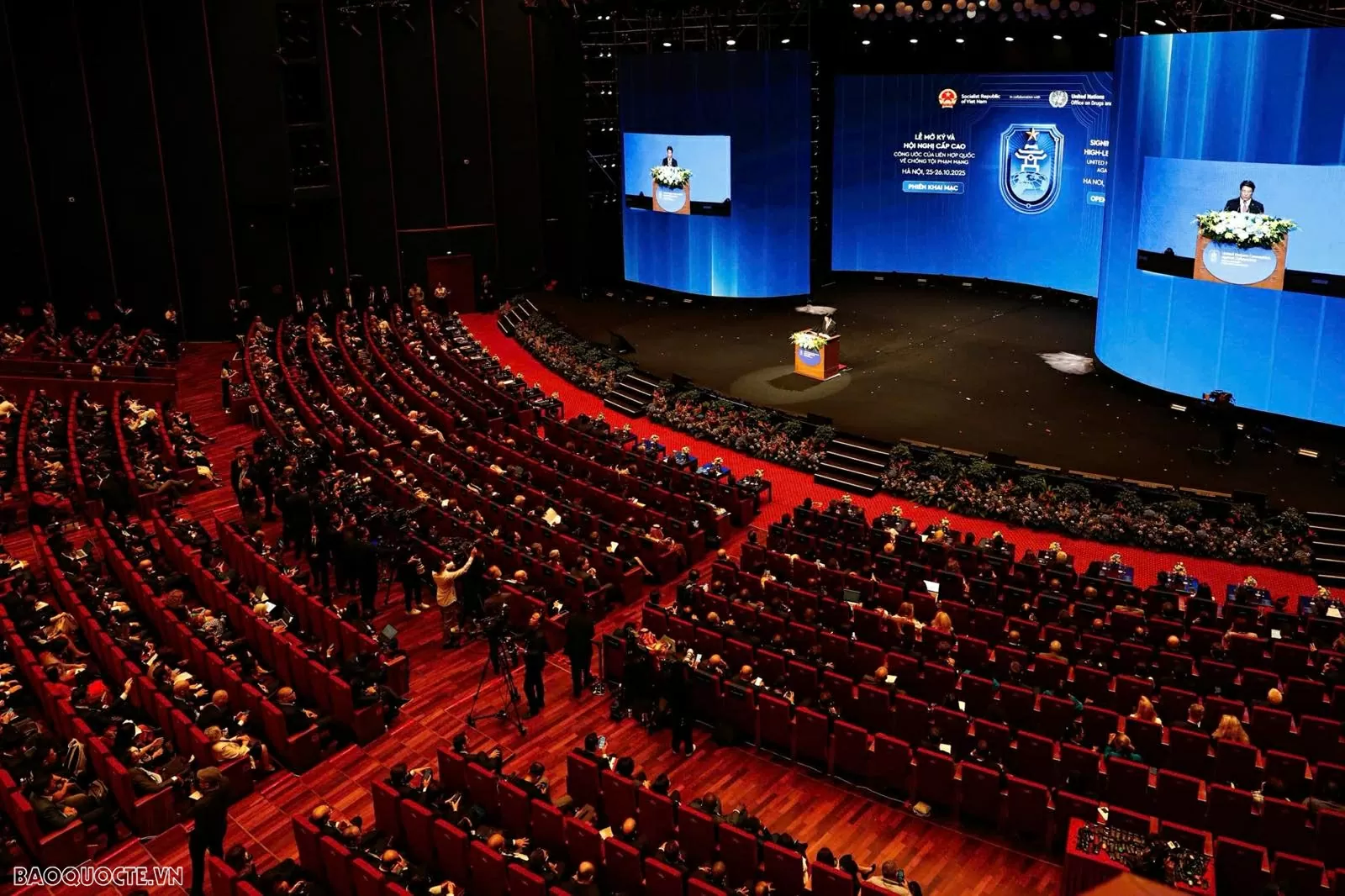





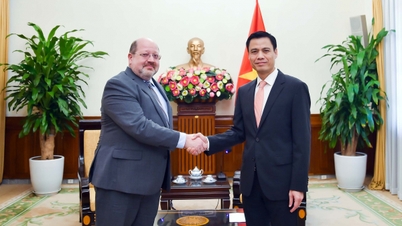


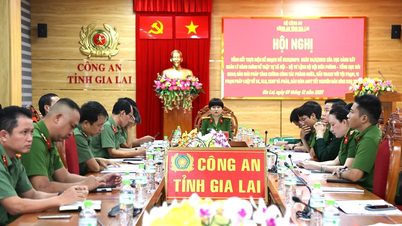

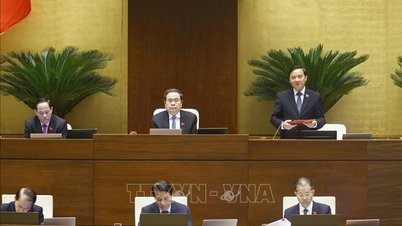



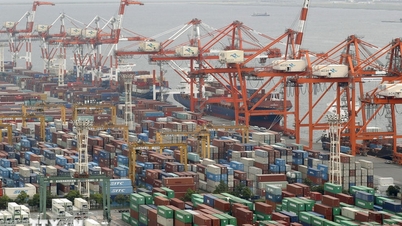





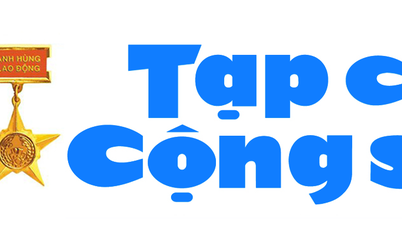

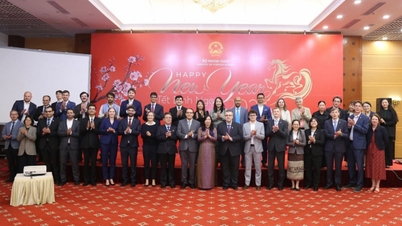
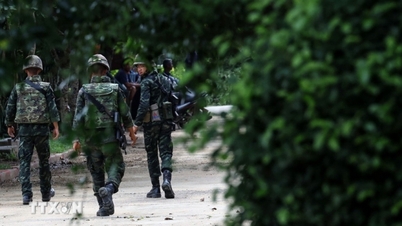




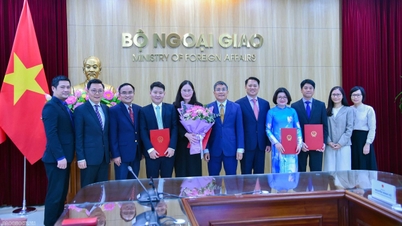
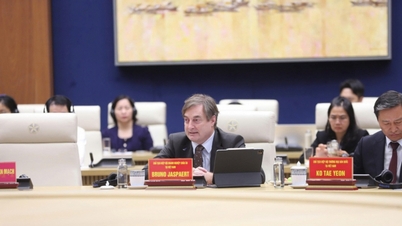

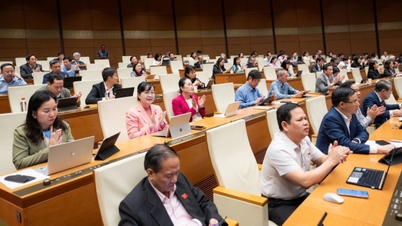





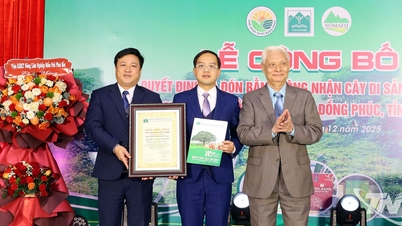







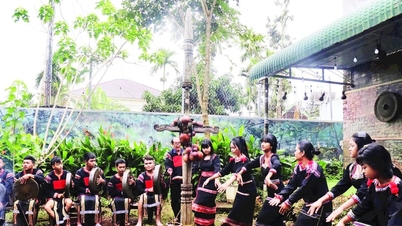






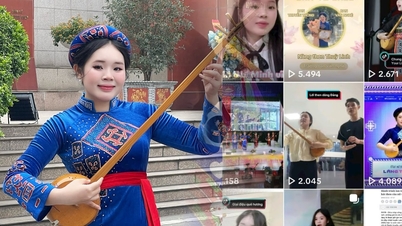








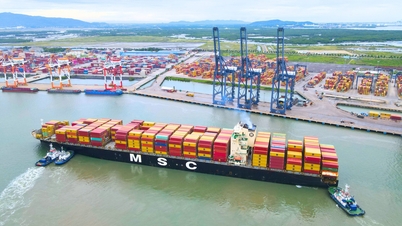
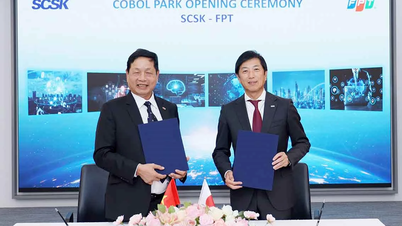





















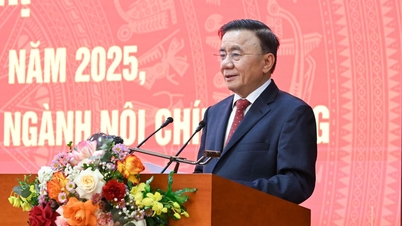






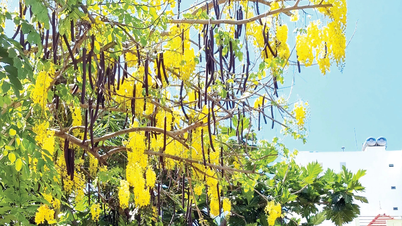

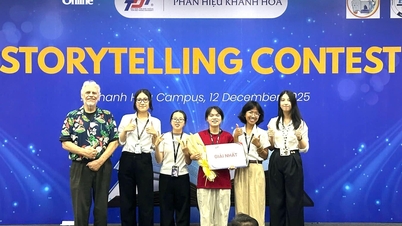
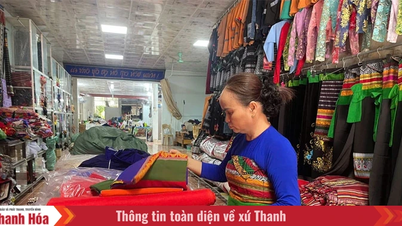

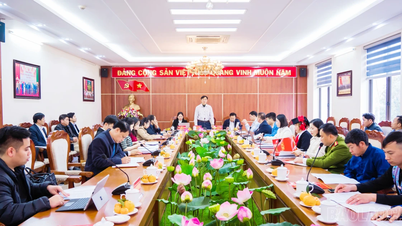













Comment (0)